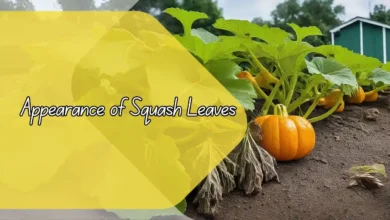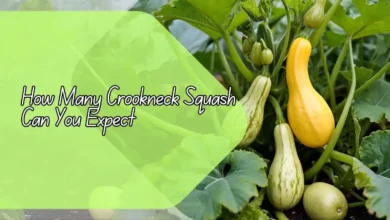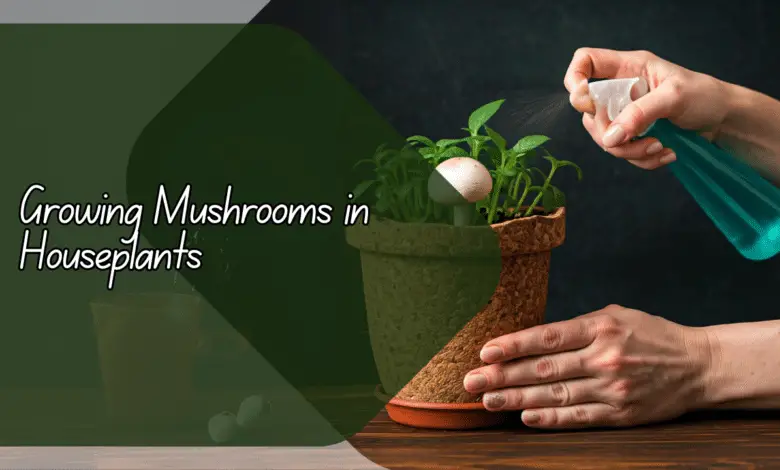
The Beginner’s Guide to Growing Mushrooms in Houseplants
In this article, we will discuss how to grow mushrooms in houseplants as a beginner. We will cover the basics of mushroom cultivation, the best types of mushrooms to grow indoors, the supplies you’ll need, and the step-by-step process to get started. By the end of this guide, you’ll be equipped with the knowledge and skills to successfully grow your own mushrooms at home.
What are the benefits of growing mushrooms in houseplants?
Growing mushrooms in houseplants not only adds a unique and interesting element to your indoor garden, but it also provides you with a fresh and sustainable source of mushrooms for cooking. By cultivating your own mushrooms, you can ensure that they are organic and free from harmful chemicals.
Additionally, mushrooms are rich in nutrients and have various health benefits, making them a valuable addition to your diet.
To get started, you’ll need a few key supplies: spores or spawn of your chosen mushroom variety, a suitable growing medium (such as compost or straw), a container for growing, and a spray bottle for misting. You may also need additional tools such as a thermometer and humidity gauge to monitor the growing conditions.
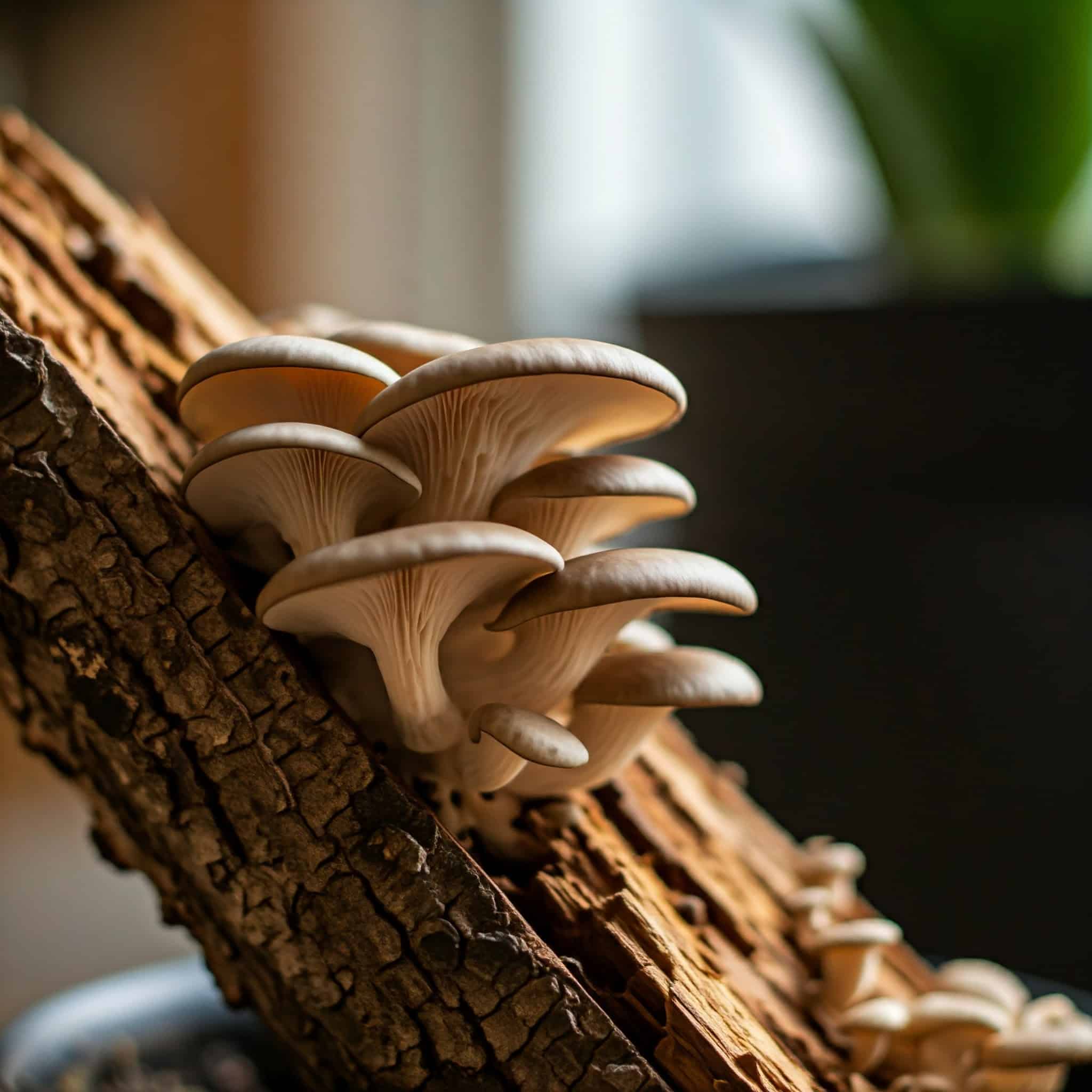
Which types of mushrooms are best for growing indoors?
While there are many different types of mushrooms that can be grown indoors, some varieties are better suited for beginners.
Oyster mushrooms, for example, are a popular choice for indoor cultivation due to their ease of growth and delicious flavor. Shiitake mushrooms are another excellent option, as they have a meaty texture and rich umami taste.
When choosing a mushroom variety to grow indoors, consider factors such as the temperature and humidity requirements, as well as the time it takes for the mushrooms to mature. Some mushrooms, like shiitake, may take longer to grow but are worth the wait for their unique taste and texture.

How do I start growing mushrooms in houseplants?
To start growing mushrooms in houseplants, begin by preparing your growing medium. Sterilize the container and growing medium to prevent contamination from harmful bacteria or mold. Once your setup is ready, inoculate the growing medium with mushroom spores or spawn, ensuring even distribution throughout the substrate.
Place your container in a warm, dark location with high humidity, as mushrooms thrive in these conditions. Mist the growing medium regularly to maintain the moisture levels required for optimal growth.
As your mushrooms begin to mature, harvest them by gently twisting and pulling them from the substrate, being careful not to disturb the surrounding mycelium.
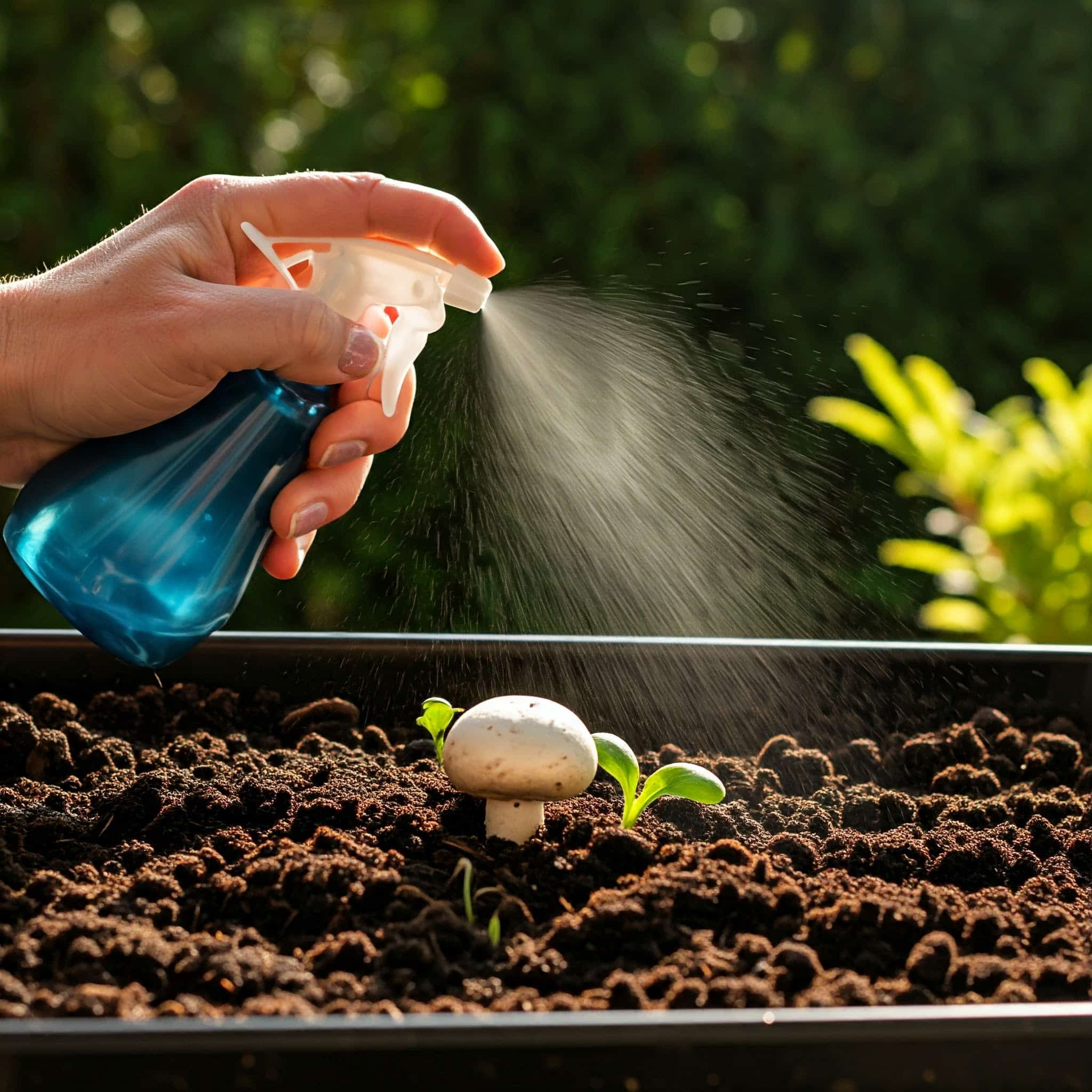
What are common mistakes to avoid when growing mushrooms in houseplants?
One common mistake to avoid when growing mushrooms in houseplants is overwatering. While mushrooms require a humid environment to grow, excessive moisture can lead to mold growth and other issues. It’s important to strike a balance between moisture and airflow to create the ideal conditions for mushroom growth.
Another common mistake is neglecting to monitor the temperature and humidity levels in your growing area. Mushrooms are sensitive to changes in their environment, so it’s essential to regularly check and adjust the conditions to ensure optimal growth.
Additionally, failing to sterilize your equipment and growing medium can lead to contamination, which can hinder mushroom growth and result in a failed crop.
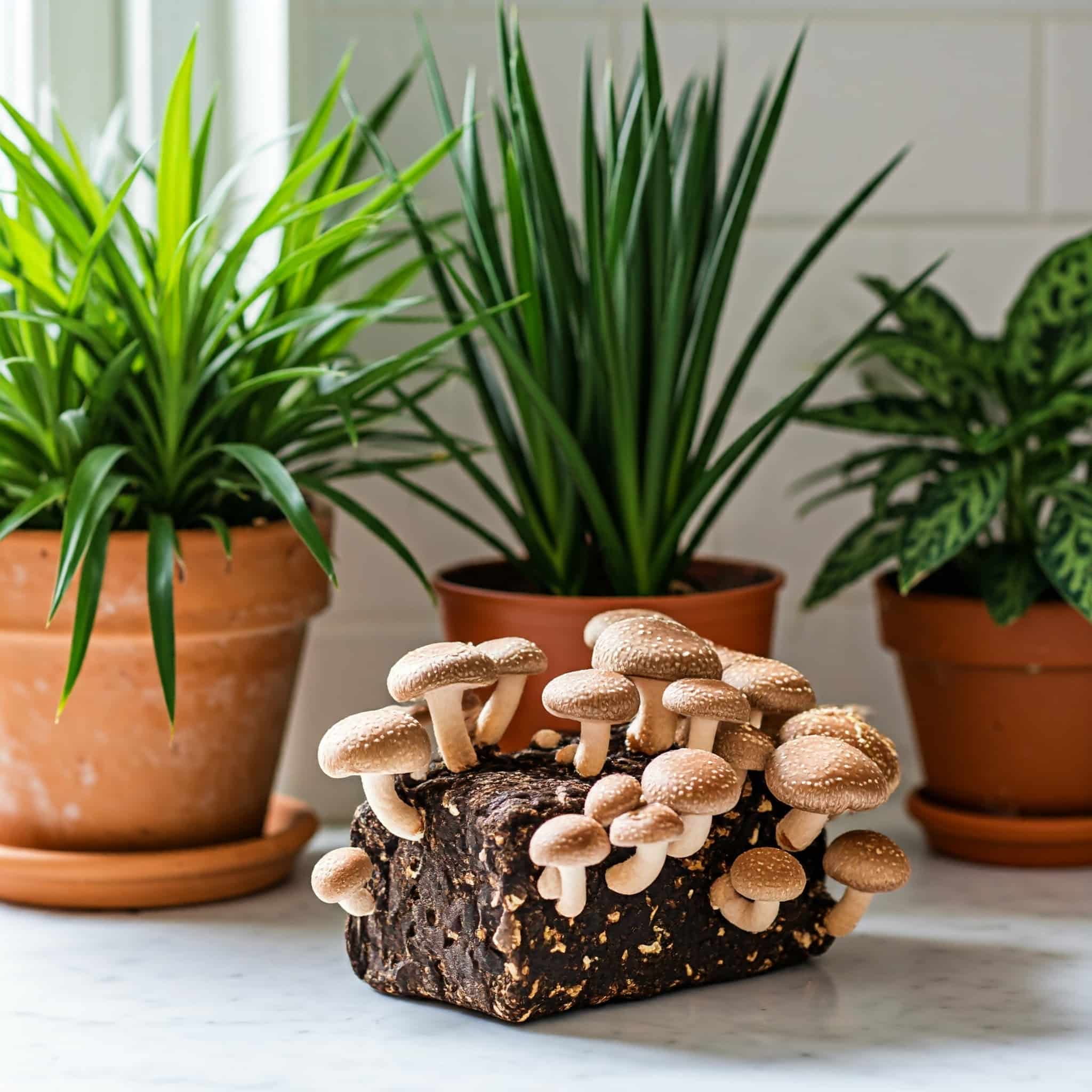
How long does it take to grow mushrooms in houseplants?
The time it takes to grow mushrooms in houseplants can vary depending on the mushroom variety you choose. Generally, mushrooms can take anywhere from a few weeks to a few months to mature and be ready for harvest.
Oyster mushrooms, for example, typically take around 3-4 weeks to grow, while shiitake mushrooms may take a bit longer, around 6-8 weeks.
It’s important to be patient and attentive to your mushrooms’ growth progress, adjusting the environmental conditions as needed to ensure successful cultivation. With proper care and maintenance, you can enjoy a bountiful harvest of fresh, homegrown mushrooms in your houseplants.
Conclusion
In conclusion, growing mushrooms in houseplants is a rewarding and enjoyable hobby that allows you to experience the benefits of cultivating your own food at home.
By following the steps outlined in this guide and avoiding common mistakes, you can successfully grow mushrooms indoors and enjoy a fresh and delicious harvest. With a bit of time and effort, you’ll be on your way to becoming a skilled mushroom cultivator in no time.
FAQs
Can I use any type of houseplant to grow mushrooms?
While certain houseplants may be suitable for growing mushrooms, it’s best to use containers specifically designed for mushroom cultivation to ensure optimal growth conditions. These containers are typically made of materials that promote airflow and moisture retention, creating the ideal environment for mushroom cultivation.
Are mushrooms difficult to grow indoors?
While growing mushrooms indoors can require some attention to detail, it is a manageable and rewarding process that even beginners can master with practice. By following proper sterilization techniques, monitoring environmental conditions, and providing the necessary care, you can successfully grow mushrooms in your houseplants.
Can I grow mushrooms in low light conditions?
While mushrooms do not require direct sunlight for growth, they do need some level of light to trigger the fruiting process. Indirect or ambient light from a nearby window can be sufficient for mushrooms to thrive indoors. However, it’s important to avoid placing your mushrooms in complete darkness, as they rely on light cues to develop properly.
How can I tell if my mushrooms are ready to harvest?
When mushrooms are ready for harvest, they will have fully developed caps and stems and may begin to release spores. Additionally, the caps should be firm to the touch and show no signs of discoloration or decay. To harvest your mushrooms, gently twist and pull them from the substrate, taking care not to damage the surrounding mycelium.
Can I eat any type of mushroom grown indoors?
While many popular mushroom varieties can be safely grown indoors, it’s essential to know the specific growing requirements and potential hazards of each type before consuming them. Some wild mushrooms can be toxic if ingested, so it’s best to stick to cultivated varieties or seek guidance from a knowledgeable source when harvesting and consuming homegrown mushrooms.




